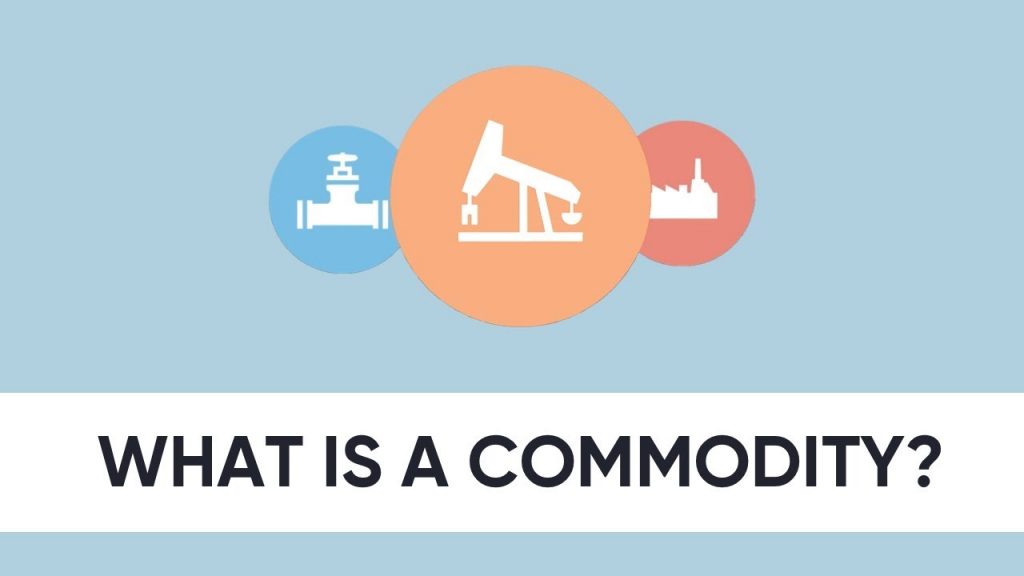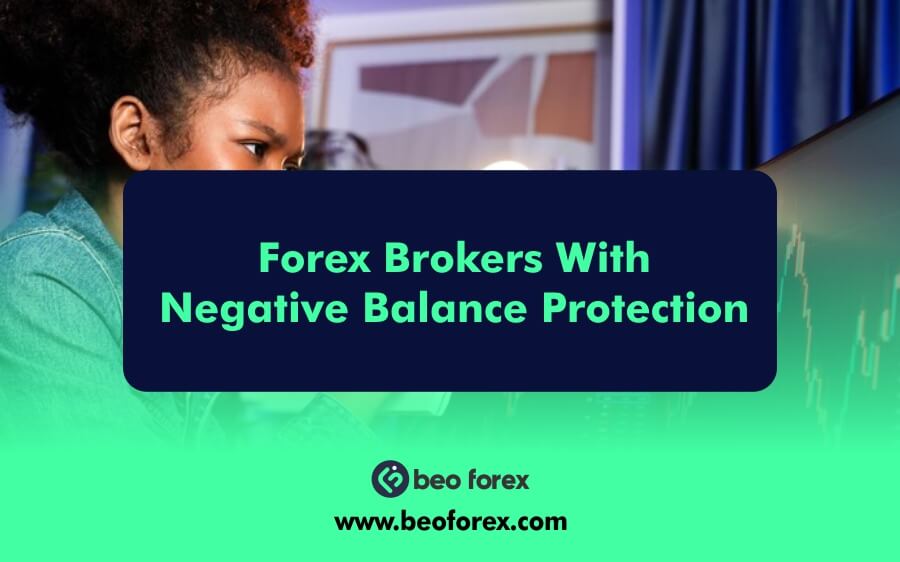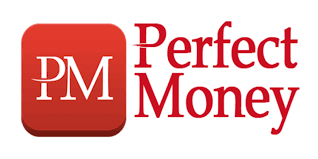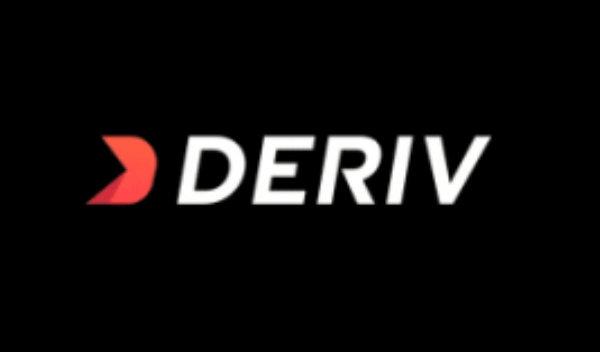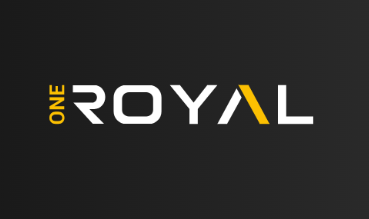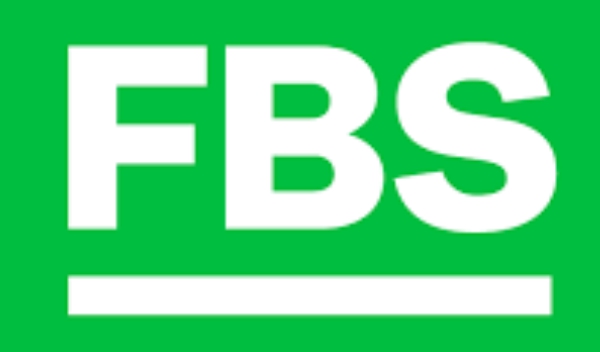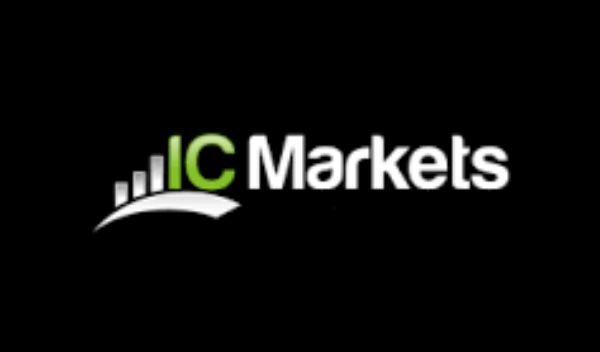Commodities are fundamental goods used in commerce. They are interchangeable with similar commodities and serve as critical inputs in the production of goods and services.
Commodities of Various Types
There are two types of commodities: hard commodities and soft commodities. Minerals must be mined or extracted from the earth. Petroleum products, iron ore, copper, gold, and other metals are examples. Grown, harvested, or fished are soft commodities. This category encompasses livestock and agricultural products.
Numerous commodities are available, including the following:
- Zinc, copper, iron, and cobalt
- Commodities in the energy sector include crude oil and natural gas.
- Beef, pork, turkey, and chicken are all examples of livestock and meat.
- Crops such as wheat, barley, maize, and sorghum
Fungibility of commodities necessitates some degree of conformity. The commodities exchange on which these products are traded establishes these standards. Commodities are quoted at a single price to facilitate mass production and distribution.
For instance, gold must adhere to certain standards in order to trade on commodity exchanges. It must contain a minimum of 95% pure gold. Purity levels of 99.99 percent and 99.9 percent are frequently used to describe gold traded on commodity exchanges. These include the LME (London Metal Exchange), the Shanghai Gold Exchange, and the COMEX (Commodity Exchange of the United States) (US Commodities Exchange in New York). Thus, regardless of where a gold bar was created or traded, it can be freely exchanged for another gold bar.
There are two crude oil price benchmarks. West Texas Intermediate Crude Oil and Brent Crude Oil (WTI). Brent Crude Oil is used to refer to oil produced in the North Sea, whereas West Texas Intermediate is used to refer to oil produced in the United States. WTI Crude Oil is frequently traded on the New York Mercantile Exchange (New York Mercantile Exchange). It is considered sweet because it contains less than 0.42 percent sulfur and has a specific gravity of between 37 and 42° API.
Commodity Investing: How to Get Started
Investing in physical commodities is extremely uncommon in the modern era. There are, of course, exceptions if these commodities are required inputs in the supply chain. The physical acquisition, storage, transportation, and security of commodities, on the other hand, are prohibitively expensive. Commodities have existed since the dawn of humanity and are now traded via contracts. Thales, an ancient Greek olive trader, is widely credited with inventing the first option contract. Tulip Futures Markets later became the site of the world’s first market bubble. Although the Tulip Bubble burst in 1637, it is frequently mentioned in modern financial markets.
Futures markets are designed to protect marketers and producers from natural disasters, to whipsaw price movements based on demand/supply considerations, and to do so in a cost-effective manner. Prices can be fixed well in advance with futures contracts. Gold, as a significant global commodity, is also highly leveraged, with US$200 – US$300 worth of contract derivatives traded for every US$1 worth of actual, physical gold.
Nowadays, commodities trading is routinely permitted through the use of derivative financial instruments such as CFDs. They were originally designed for the real estate market at the turn of the twentieth century, but have been expanded to encompass a broad range of commodities, indices, currencies, stocks, and other financial assets. CFDs are widely traded OTC by retail traders worldwide. It’s straightforward how this derivative product works: you BUY the CFD if you anticipate a price increase and SELL it if you anticipate a price decrease.
Profit/loss is calculated as the difference between the CFD’s opening and closing prices. These are significantly less expensive than options and futures because they are leveraged products with lower transaction costs.
A word of caution: Because CFDs are traded on margin, they can magnify profits but also magnify losses. Profit or loss is determined by the amount of leverage available on these financial instruments. All commodities that traders can trade on our platforms are in CFD format.
Commodity Exchanges Throughout History
Commodity markets have existed since the dawn of time. Experts believe that commodity trading originated between 10,000 and 15,000 years ago. Initially, a bartering system allowed those with excess commodities to exchange them for those in short supply. Naturally, traders must satisfy one another’s needs in order for these exchanges to occur. Over time, a framework for commodity trading was developed to accommodate the complexities of these types of trades. Around the end of the first millennium BC, perfume and fish markets began to sprout up throughout Europe. Coins first appeared on the scene between the seventh and eighth centuries BC.
It was only a matter of time before localized markets began to appear. Consider the bazaars of Persia, the Roman Forum, and the markets of Arabia as examples. Over time, as more products were delivered to market, an increasing number of goods appeared on the scene, particularly during the Middle Ages. This resulted in the development of the Retail Chain, as well as a clear distinction between an Exchange System and a Market System. The exchange made reference to supply chain markets and the infrastructure for trading these assets. Individuals visited markets to purchase goods for personal use.
The Growth of Exchanges
The Antwerp Bourse was founded in the early sixteenth century. If the Tulip Mania had been regulated, the bubble could have been avoided.
In 1697, Japan established the Dojima Rice Exchange. The Shoguns were compensated with rice for their services. Additionally, they drafted rice futures contracts.
Fast forward to 1848 and the establishment of the Chicago Board of Trade. It was primarily focused on agricultural commodities and was the first exchange to offer regulated futures and options trading.
Numerous different exchanges began operating throughout the world over time. This facilitated the seamless purchase and sale of identical commodities across multiple geographic locations (interchangeability).
Of course, electronic trading exchanges consolidated a large number of physical exchanges throughout the world. Today, the CME group is comprised of the Chicago Board of Trade and the Chicago Mercantile Exchange. This group is responsible for a sizable portion of global commodity trading.
Euronext’s headquarters are in Amsterdam, the Netherlands, and Paris, France. Additionally, Euronext operates commodities exchanges in Dublin, Ireland, and Oslo, Norway.
The Australian Securities Exchange (ASX) is responsible for grain, energy, and wool trading in Australia.
Precious metals are traded on the Tokyo Commodity Exchange throughout Asia (TOCOM). Coffee is traded in Africa through the Africa Mercantile Exchange in Nairobi, Kenya.

